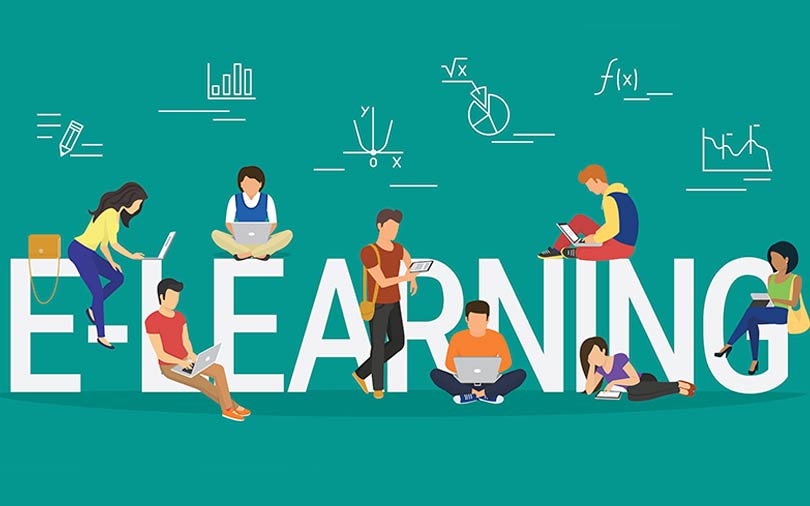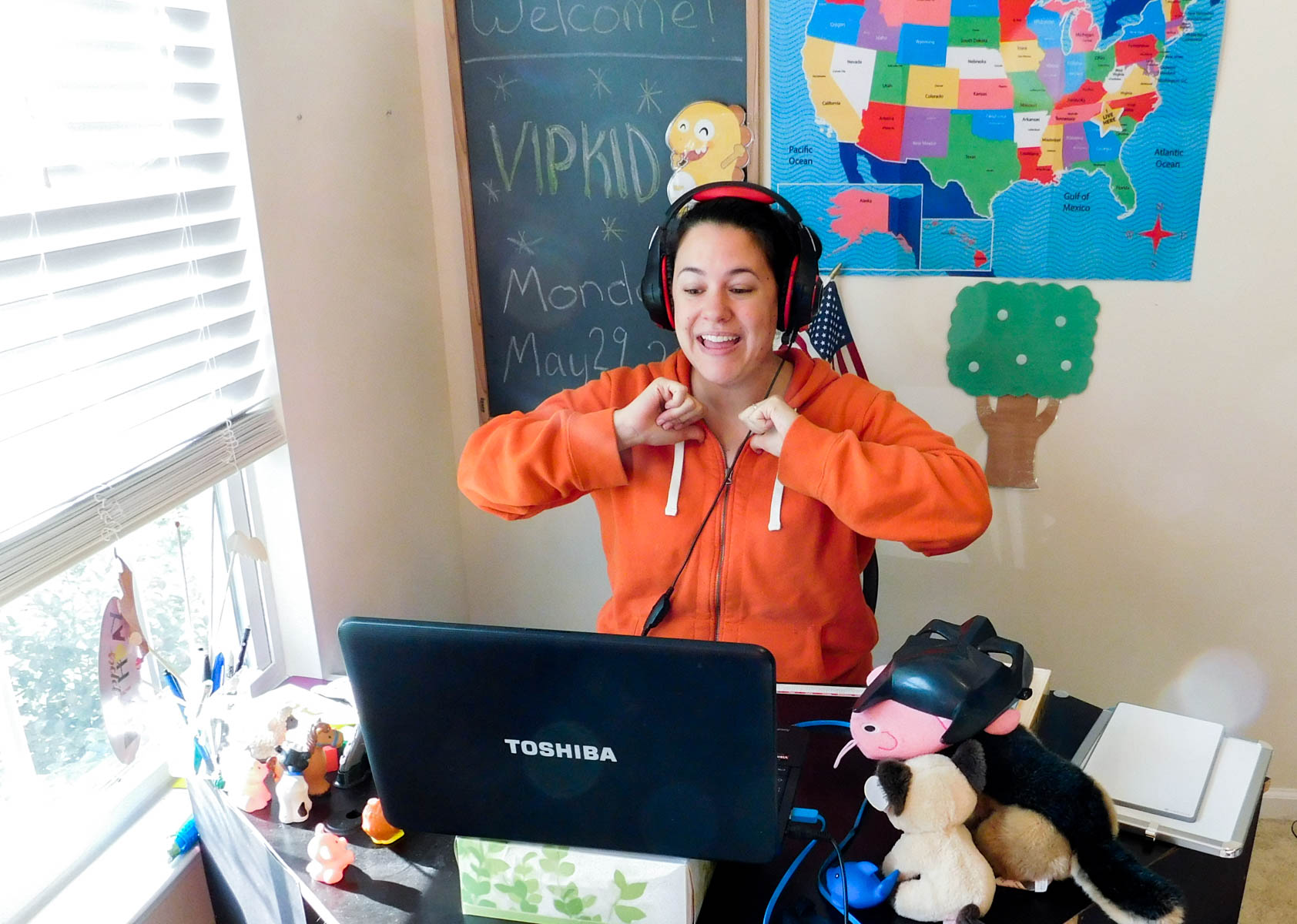
With many schools closed until at least the end of the month, it can be difficult for teachers, parents, and students to find creative ways to continue learning from home. Thankfully, there are many online resources and tools available that can help support schools and families during this time. Below are some great tips for teachers, parents, and students on how to make use of these tools to make online learning effective, interesting, and engaging.
1. Tips for Teachers to Manage Online Learning

Online learning can be opportunity for students to develop their ability to self-regulate and take responsibility for their learning. To make the most of online lessons, here are a few tips to keep in mind.
-
Make use of tools students already know
-
Make it interactive

For example, assigning students to online study teams, in which they need to divide work amongst themselves and consult with their teammates to complete tasks, can help students to feel engaged and connected with their peers.
-
Make it flexible
-
Make it relevant

2. Advice for Parents on Supporting Your Child’s Online Learning
Parents can also support students in making the most of online learning, by helping them structure their time and learning. Below are a few things parents can do at home to support their child’s learning.

-
Help your child make a study plan and stick to it
-
Set up a dedicated learning space

-
Balance online time and offline time

3. Resources for Students and Teachers

-
Online conferencing platforms,
such as Zoom (zoom.us), CCtalk (cctalk.com) or Microsoft Teams (teams.microsoft.com), can be used to set up group or individual video call sessions. Teachers can use them for group or individual lessons, while students can use them to meet up with their class groups to discuss projects.
-
E-portfolios and virtual learning platforms,
such as ePEARL (epearl.co.uk), can be used to help students set goals, plans, and track their progress. They can also help teachers keep track of the work their students are doing, and provide feedback to help them progress.
-
Several online learning platforms
in different content areas can enable students to practice key skills at their own pace. For example, in reading the following platforms can be helpful to support students’ reading: Epic! Books (getepic.com), Readworks (readworks.org), Starfall (starfall.com), Read Naturally (readnaturally.com).

Now you are equipped to make the best of this time of online learning – all the best! Stay tuned with us for more educational advice and suggestions.
